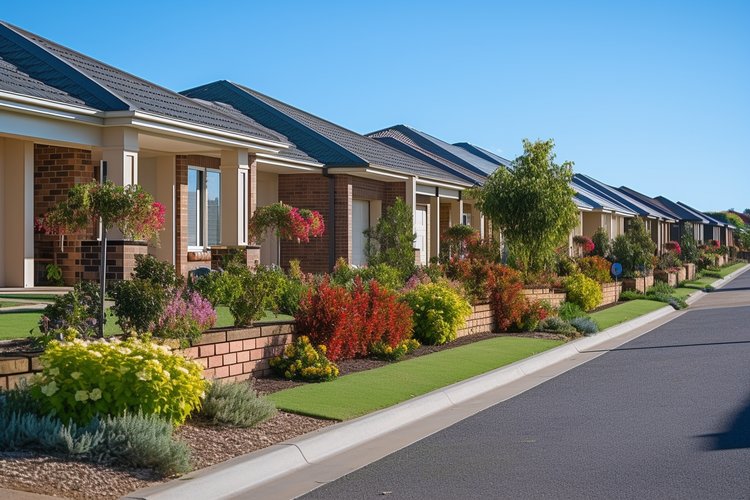"A Dive into the World of Multigenerational Home Design: Balancing Tradition and Innovation"
Introduction: As living spaces evolve to accommodate changing family dynamics, multigenerational home design emerges as a trend worth exploring. This unique approach to home styling is redefining our perception of shared living spaces, fostering harmony, respect, and deep familial connections.
Historical Context and Key Developments
Multigenerational homes are not a new concept. Ancient civilizations like Rome and Greece housed different generations under one roof. However, the 20th-century saw a drift towards nuclear family living, with individual households becoming a symbol of financial independence. Today, the trend is reversing due to cultural shifts, economic factors, and an aging population. The multigenerational home design is evolving, blending tradition with innovation to meet the needs of diverse inhabitants.
Modern Styling Techniques for Multigenerational Homes
Modern multigenerational home design focuses on creating flexible and functional spaces that respect individual privacy while promoting shared experiences. Universal design principles are often applied to ensure accessibility for all ages and abilities. Open-plan living areas, adaptable bedrooms, and private suites are common features. Soundproofing, independent HVAC systems, and smart storage solutions further enhance comfort and privacy.
Practicality and Market Trends
The practical benefits of multigenerational home design extend beyond shared responsibilities and cost savings. It also fosters emotional support, lifelong learning, and strong family bonds. As per a survey by Pew Research Center, 20% of the U.S. population lived in multigenerational households in 2016, indicating a growing market. Homebuilders and architects are acknowledging this trend, offering custom designs to cater to this demographic.
Enhancing Daily Living
Beyond its practicality, multigenerational home design enhances daily living by encouraging interaction and unity. Shared spaces like family rooms and gardens become venues for bonding, while private areas provide respite. The balance between communal and personal spaces is crucial in these homes, contributing to their popularity and success.
Research-Backed Recommendations
When designing a multigenerational home, consider each member’s needs and preferences. Incorporate accessible design features like wide doorways and ramps for elderly family members. Soundproofing and separate living areas can provide privacy for teenagers and young adults. Lastly, ensure shared spaces are adaptable and promote interaction.
In conclusion, multigenerational home design is an emerging trend that combines tradition and innovation. It offers a practical solution to evolving family dynamics while enhancing daily living. As this trend continues to gain traction, it’s poised to shape the future of home design.






